*** Proof of Product ***
Exploring the Essential Features of “Charles Boulet – Prism and the Vestibular System – Vision, Balance, and Behavioral Dysfunction”
Speaker: Charles Boulet, BSc, BEd, OD
Duration: 4 Hours 14 Minutes
Format: Audio and Video
Copyright: Jan 02, 2023
Media Type: Digital Seminar
Description
Vestibular function goes hand in hand with visual function. When you understand how these systems are intertwined, you can immediately resolve vision-related health and function concerns in many clinical populations: headache, diplopia (double-vision), blur, reading and learning deficits and discomfort, attention problems, photophobia (light sensitivity). Explore:
– How visual-vestibular dysfunction impacts brain injury treatment
– The role of oculomotor and vestibular dysfunction in reading disability and praxis
– Testing techniques that you can modify in your own practice: BPPV, Post-rotational nystagmus, peripheral vs. central visual fields, strabismus and other ocular restrictions.
– Opportunities for “coordinated firing” with multimodal experiences to promote the integration of visual and vestibular function.
– Use of prism in visual perceptual, visuomotor, and oculomotor therapies
– Training full body awareness, sensorimotor conditioning, visual-vestibular patterning with evidence-based tools
Accelerate and bolster outcomes in visuomotor, oculomotor, and perceptual training with simple tests and techniques you can implement right away.
Speaker
Charles Boulet, BSc, BEd, OD
Charles Boulet, BSc, BEd, OD, has been a loud advocate for essential vision care for underserved populations and was instrumental in promoting Alberta’s Child Vision Assessment Act in 2014, which sought to achieve common vision exams for all children in the province. Along with his clinical work, Dr. Boulet is involved with ongoing research and advocacy with professionals from around the world, including a handful of publications and a growing library of online content.
Speaker Disclosures
Financial: Dr. Charles Boulet maintains a private practice and has an employment relationship with Vision Mechanic.net. He receives a speaking honorarium and recording royalties from PESI, Inc. He has no relevant financial relationships with ineligible organizations.
Non-financial: Dr. Charles Boulet has no relevant non-financial relationships.
Objectives
- Analyze the impact of visual-vestibular dysfunction on occupation.
- Apply modified testing techniques to assess ocular restrictions.
- Develop multimodal strategies to promote integration of visual and vestibular function.
- Create individualized vestibular training plans for improved occupational performance.
- Evaluate the role of oculomotor skills in functional visual performance.
Outline
The Vision and Vestibular Link – Part 1: Foundations
- The Mind and the Mindness State – The Role of Motricity in Cognition
- The Human Case: Centering in Space
- A core function of mammalian neurology, human neurology, is to ‘find and maintain centre’.
- Our sense of being as well as our anchor for motricity rely on this ability to self-orient.
- This is the foundation for our learning, our personalities, our sense of personal security.
- When this spatial grounding is in disorder or disrupted, critical voluntary/reflex muscle responses and mental processes fail.
- Personal Spatial Stability – What it Provides
- Vestibular/Auditory Anatomy
- The sense of security in positioning and stability in space is predicated on three primary senses being healthy and well-integrated.
- Impact of Discordance Between Visual, Vestibular, and Somatic Signalling
- Our intuitive sense of space arises from our natural neurological predisposition
- Review of 8 cranial nerves involved in visual function.
- Visual Anatomy: Ambient (Peripheral) vs Central (Focal) Visual Pathways
- We view the world through two eyes but also through two distinct visual systems:
- Central Visual Pathway vs Peripheral Visual Pathway.
- This is volitional as well as reflexive.
- Bi-foveation, suppression, diplopia. Visual Fusion Drives Ocular Function.
- Ambient (Peripheral) vs Central (Focal) Visual Pathways
- The Role of Neural Sensory Afferents – The Chair of Vision
- Visual input stabilizes vestibular function
- Vestibular input stabilizes visual function
- The Role of Auditory Input In Visual Function
- Elements of Strong/Robust Visual Process
- Overview of Human Visuo-Vestibular Function
- Vestibular Function (The Role of the Vestibulum)
- Somatosensation
- Types of somatic receptors.
- Role of somatosensation in oculomotor targeting.
- Teaching somatic awareness.
- Skin/body hypersensitivity can be modulated.
- The Role of Motor Afferents/Input
- The Importance of EOM Proprioception
- Neurological Representation of Peripersonal (Near) vs. Extrapersonal (Tele-personal or ‘Far’) Space
- Vestibular Function is Neurologically Tightly Intertwined with Visual Function
- How to tell if dizziness is related to vestibular dysfunction
- The role of visual impediments on vestibular function.
- Ametropias / Anisometropias
- The role of optics.
- Strabismus
- Amblyopia/suppression
- Nystagmus.
- Ruling out medical / anatomical / physiological causes
- Behavioural / Developmental Optometry is a good place to start.
- When to refer, and to whom.
- Notes on vision-based psychological/cognitive probes.
- Receptor-based Dizziness/Vertigo
- BPPV and why Dix-Hallpike / Epley have a narrow clinical application.
- What is left is conditioning, therefore trainable.
- References & Resources
- Additional Notes on the Neurological Representation of Peripersonal and Far Space
The Vision and Vestibular Link – Part 2: Practice
- Introduction to the program.
- Vision, then, is at the root of cognition and goes beyond simple eyesight.
- Introduction to Vestibular Tools of the Trade
Prism Goggles / Yoked Prism, weighted blankets, bare feet, sit/bouncing balls, ‘Bosu’ or standing balls, cardboard tubes, ‘plus’ and ‘minus’ lens flippers/trial frames up to +/- 2D, large mirrors, laser pointers, anaglyphic filters, penlight, pens. - BPPV – Benign Paroxysmal Positional Vertigo
- Which side is affected in benign paroxysmal positional vertigo (BPPV)?
- General notes on repositioning techniques
- Dix-Hallpike Test
- Epley Maneuver
- Ambient/Peripheral Fields vs. Central Fields and Depth Perception
- Central acuity
- Perimetry (measurement of peripheral fields)
- ‘Static’ vs ‘dynamic’ Acuity Testing
- Visual acuity charts vs Amsler Grid testing, Confrontational Fields, Automated perimetry
- Demo of Confrontation Fields
- Next Steps – Oculomotor Testing
- Demo of Simple EOM testing – looking for misalignment and difficult vergence at near.
- Saccades/pursuits and the NSUCO Oculomotor Test
- Additional examples of EOM Testing
- Nielsen Fixations: Spatial-Motor Training
- OKR (Optokinetic Response) Response – What it tells us.
- OKN Drum demo.
- Post-Rotary (rotational) Nystagmus (PRN) Testing
- OKN v VOR stimulus
- Basic Methods of Testing
- Validity of PRN Testing
- Modification of the post-rotary nystagmus test for evaluating young children
- Normative PRN groups and reasons for differences.
- Discussion re: Cortical vs developmental PRN
- Limits of PRN testing in Children
- Prism
- Introduction to Prism Optical Basics
- Real Life Example of Prism in Strabismus
- ‘Yoked’ prism.
- Prism adaptation
- Alignment of Prism: the importance of orientation.
- Exercising Caution When Using Prism
- Using prism with motor skills training – Introduction.
- Defining Posture: Phoria vs Strabismus
- General Vestibular Training
- General Practice – Easy At-Home Practice
- Low Tolerance / ‘Medical’ Training
- Notes on Binasal Occlusion
- Use of compliant surfaces/Sit Balls
- Team Walking
- Chair Spinning
- Core Four: Swimming, Climbing, Martial Arts, Yoga
- The Great Outdoors
- Swinging: 15 min of free swinging can have lasting effects on attention deficits and motor overflow.
- Walking: Flat vs. uneven surfaces.
- Walk-Spin / Spin-Targeting
- Playgrounds
- Vestibular Training and Nausea – Commentary
- Things I Couldn’t Get In This Class
- Near Range
- EOM Testing – Restrictions in movement can cause vestibular effects.
- Distance Range
- Notes and Comments
- Read/Buy these (Amazon)
- Investigate / Explore – Easy cost-effective resources.
- Commercial solutions.
Target Audience
- Physical Therapists
- Occupational Therapists
- Osteopathic Doctors
- Medical Doctors
Please see the full list of alternative group-buy courses available here: https://lunacourse.com/shop/

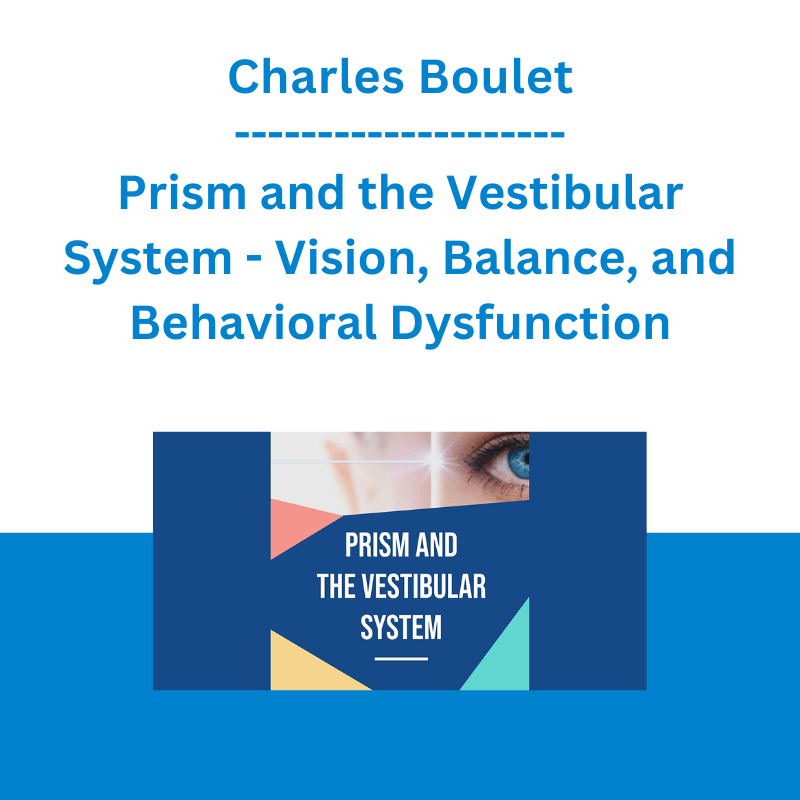


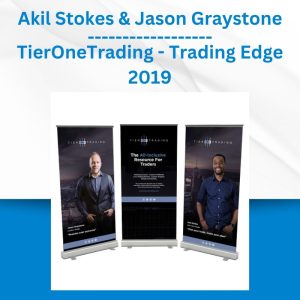


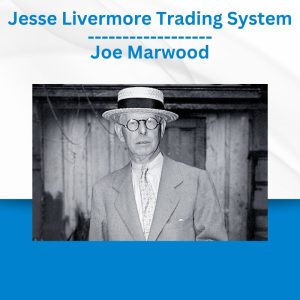
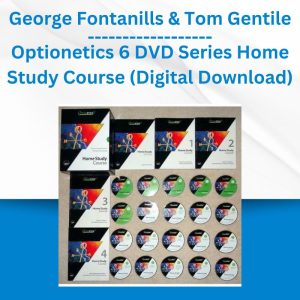

 Joshua Sigafus - The Lone Wolf Level-Up Guide for Men
Joshua Sigafus - The Lone Wolf Level-Up Guide for Men  Megan Devine - Grief on the Job
Megan Devine - Grief on the Job 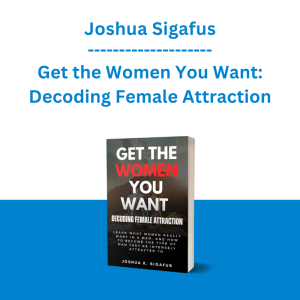 Joshua Sigafus - Get the Women You Want: Decoding Female Attraction
Joshua Sigafus - Get the Women You Want: Decoding Female Attraction  SMB - Options Training
SMB - Options Training 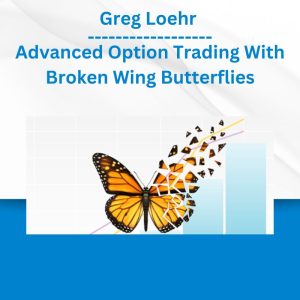 Greg Loehr - Advanced Option Trading With Broken Wing Butterflies
Greg Loehr - Advanced Option Trading With Broken Wing Butterflies 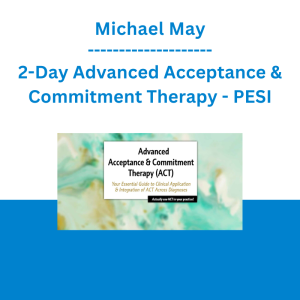 Michael May - 2-Day Advanced Acceptance & Commitment Therapy: Your Essential Guide to Clinical Application & Integration of ACT Across Diagnoses - PESI
Michael May - 2-Day Advanced Acceptance & Commitment Therapy: Your Essential Guide to Clinical Application & Integration of ACT Across Diagnoses - PESI 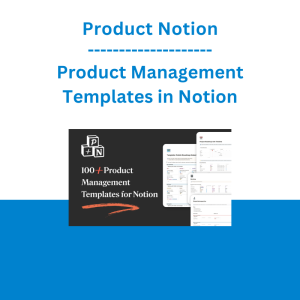 Product Notion: Product Management Templates in Notion
Product Notion: Product Management Templates in Notion  Leanne Lopez Mosley - She Makes Bank 2.0
Leanne Lopez Mosley - She Makes Bank 2.0  Ryan Thomas - Form optimization - 2017
Ryan Thomas - Form optimization - 2017  Hank Norman - Star Power 2 Grow, Scale, and Monetize
Hank Norman - Star Power 2 Grow, Scale, and Monetize 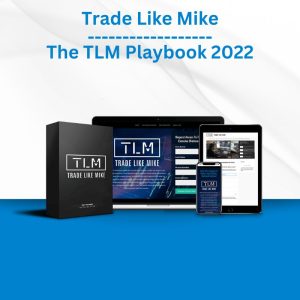 Trade Like Mike - The TLM Playbook 2022
Trade Like Mike - The TLM Playbook 2022  Sal Cincotta - Master the Business of Photography
Sal Cincotta - Master the Business of Photography